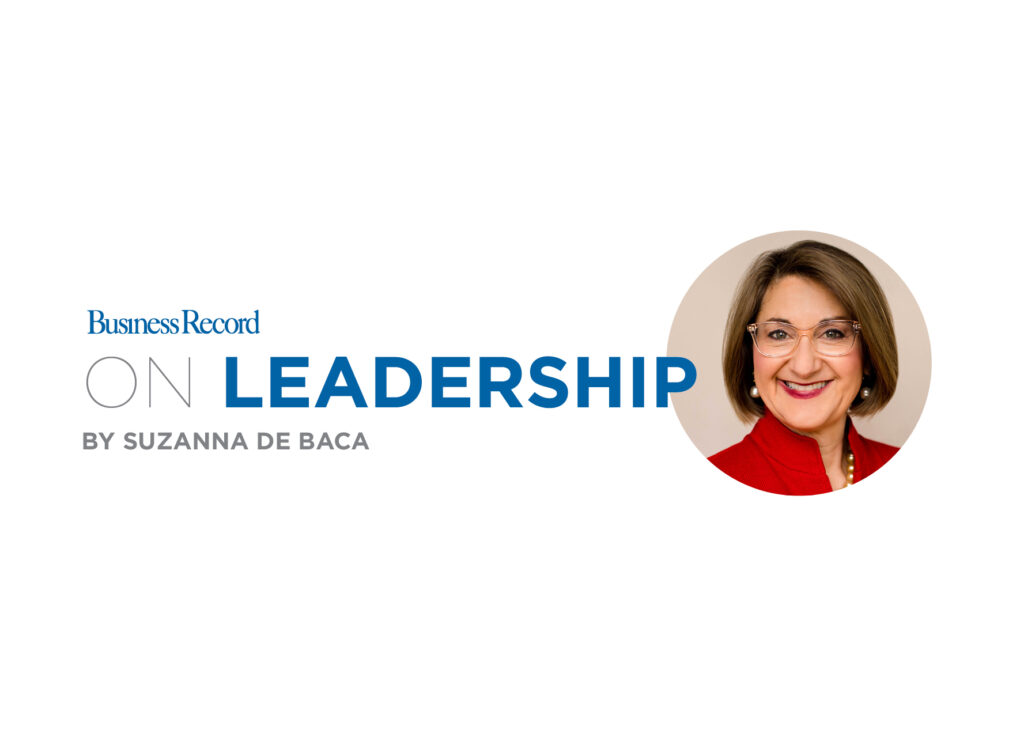THE ELBERT FILES: It truly is the Civic Center

Have you ever wondered how downtown Des Moines got to where it is today?
The changes in recent decades are breathtaking. In the last 10 years alone, they include entertainment venues that stretch from the Iowa Events Center to the Science Center of Iowa and include the iconic new downtown library, the Principal Riverwalk, the new World Food Prize Hall of Laureates and the John and Mary Pappajohn Sculpture Park.
Major employers Nationwide Mutual Insurance Co., Wells Fargo & Co. and Wellmark Blue Cross and Blue Shield have built new corporate campuses, while Principal Financial Group Inc., Meredith Corp. and EMC Insurance Cos. have significantly expanded their holdings.
There is new retail in the East Village and along 10th Street on the west side; new housing is cropping up everywhere.
Where and how did it all begin?
During a week when the Business Record focuses on architecture, I would argue that one of Des Moines’ architectural jewels, the Civic Center of Greater Des Moines, which opened in 1979, was the project that truly launched the Des Moines we know today.
John Fitzgibbon told me the story in 2006, a couple of years before he died. Fitzgibbon, of course, was Iowa head of what is now Wells Fargo during the 1970s.
At the time, Des Moines was in danger of becoming a cultural backwater. Major performances were held at the old KRNT Theater, but increasingly they weren’t held at all. The theater was well past its prime. Not many people wanted to go there. Nor did major artists want to perform there.
A referendum was held in 1974 to raise money for a new performing arts center. It needed 60 percent approval, but only got 54 percent.
Newspaper publisher David Kruidenier went to see Fitzgibbon the day after the election. “He was all down and wanted to know: ‘What do we do now?’” Fitzgibbon told me.
“If we really want a civic center,” the banker said, “we have to go out and raise the money ourselves.”
Kruidenier said he did not think it possible, not after the bond issue had failed. The timing was all wrong, he said.
The timing is never right, Fitzgibbon responded. “But if you want something badly enough, you go out and do it.”
How do we start? Kruidenier asked.
“With you,” Fitzgibbon said. “You’ve got the Cowles Foundation and the Kruidenier Foundation and the Register and Tribune.”
Fitzgibbon figured they’d need about $10.5 million for the project. He said Kruidenier had to come up with $2.5 million, and that he would put in $750,000.
The rest they would get from the community by expanding a model they’d developed several years earlier when they needed support to keep a downtown J.C. Penney store.
They called first on downtown’s largest employer and got a commitment from Bob Houser, head of what is now Principal Financial Group. Then, they went to Jim Windsor, head of Equitable of Iowa Cos., the second-largest employer and worked their way down a list of largest businesses. They hit every segment of the community, including doctors, lawyers, labor unions, retailers and contractors. It only took about three months to raise the pledges, Fitzgibbon said.
The system they used is the same one that Jim Cownie and Bill Knapp used in recent months to raise loan guarantees of more than $20 million for Des Moines Redevelopment Co., which will acquire and hold for future redevelopment key parcels of land in the downtown area.
Perhaps the ultimate irony of the story, according to lawyer Harlan “Bud” Hockenberg, is that John Fitzgibbon said at the time: “I’ll never set foot in that place. I hunt and fish. That’s not my thing.”
Fitzgibbon did it, Hockenberg said, because he knew the Civic Center was important for the community.







